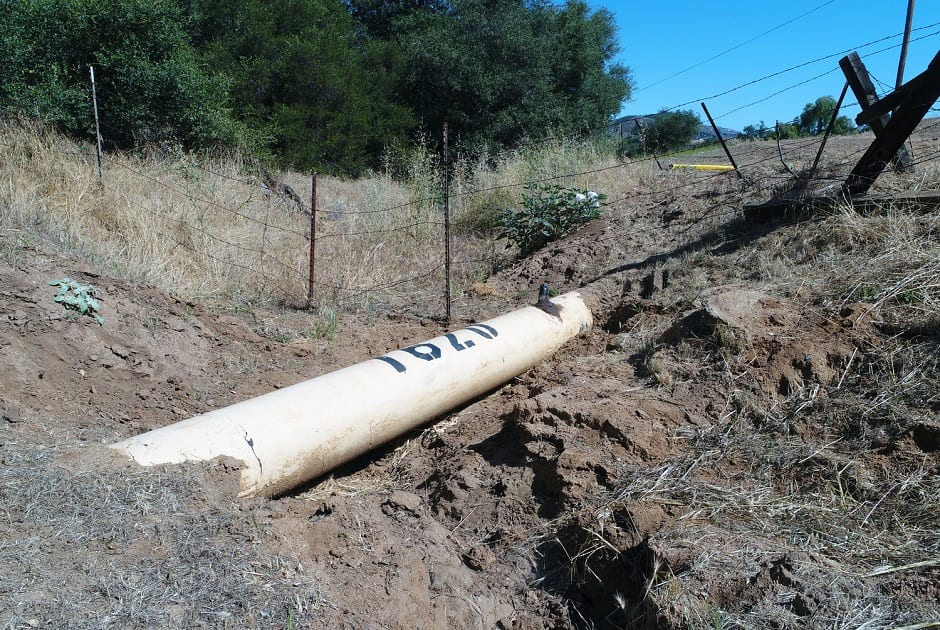Pipeline exposure is a long-term maintenance issue for the oil and natural gas pipeline industry, but often pipeline exposure is prevented with an investment in pipeline erosion control. The short-term, upfront costs of implementing an erosion control program pale in comparison to the cost of having to reverse pipeline exposure.
When a pipeline is exposed, numerous complications are likely to arise. Exposed to elements such as the sun and wind, the pipeline could weather and crack. This could result in either leaking or impurities’ entering the liquid that flows through the line. Both could prove to be expensive in the long run, and shutting down operations to repair the line will cost valuable time and money as well.
One of the ways companies can help to reduce the risk of pipeline exposure is through the use of soil wraps. When properly implemented onto a streambank, soil wraps help to reduce the flow of water significantly, cutting down on erosion and pipeline exposure rates.
What Are Soil Wraps?
Soil wraps are boxes of soil that companies build into the side of a streambank to reduce the flow of water. Essentially, companies create a box using a wooden base and wood stakes. This box is then covered in the soil wrap, and the box is filled with soil. An environmental engineer should be able to advise further on the type of soil to use in the wrap and how well it should be compacted down. This can vary from project to project, as no two sites are the same.
How Soil Wraps Reduce the Risk of Pipeline Exposure
When runoff occurs at the site of a streambank, the risk of pipeline exposure increases dramatically. As the water begins to run down an embankment, it will wash away valuable topsoil. This can make it practically possible for vegetation to grow, resulting in a barren hillside. The more water flow there is, the more runoff there will be. As runoff occurs, the soil protecting the pipeline will be stripped, leaving the line vulnerable.
Soil wraps create a “staircase” going up the streambank. The wraps are stacked so that there is no longer a hill. This means that water will not be able to run straight down the bank anymore, as it will instead be contained in these large boxes covered in soil wraps.
Additionally, soil wraps encourage vegetative growth. Vegetation is an excellent tool to prevent pipeline exposure. Because the soil wraps are stabilized in one area, the roots of plants are given the opportunity to take hold and stabilize.


